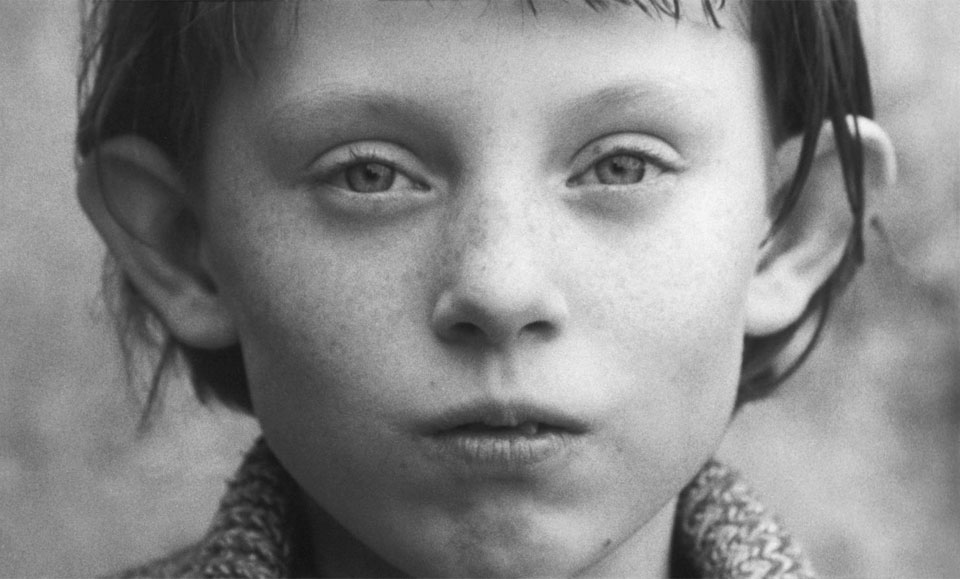
What compelled me to write this list has much to do with attempting to figure out what makes films “challenging” in varying contexts. I didn’t want to make a list concerning films that are simply gross, bad or poisonous to the art of cinema but one that embraced the inaccessibility of artistic filmmaking in relation to known entertainment movies.
In consideration is also audience, what films would a person become aware of in the pursuit of “conquering” the most notoriously “difficult” films made? So, really this list is for those that seek inaccessible masterworks that through reputation, duration and/or distinctness within the form keep audiences from starting to watch them, or more sinful, putting a viewing in its grave by stopping somewhere before the ending has been reached.
Please be aware the order of the list is based on when the film was released.
1. Un Chien Andalou by Luis Bunuel/ Salvador Dali
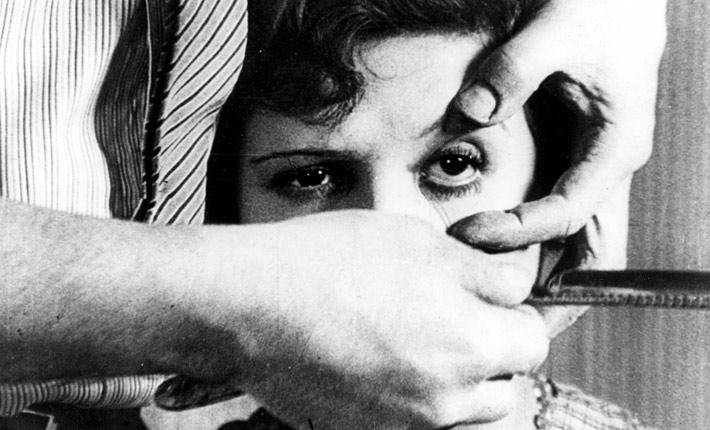
A collaboration between two of Spain’s legendary surrealist artists produced one of the most jarring and confounding cinematic works. Luis Bunuel and Salvador Dali’s creation Un Chien Andalou works as a testament to the brutality of juxtaposition, how images match together on an impulse of the imagination.
The film itself is only 16 minutes long (and can be found on YouTube) yet contains some of the most unsettling cuts in the history of cinema. Most infamously, a goat’s eye is sliced by a razor to match the moon getting cut by a thin cloud. This specific matching of images occurs almost immediately into the movie and clearly deters most from going on.
Yet this is exactly what is so necessary about viewing this film: how jarring it is. It really proves the expressiveness of cinema lies in cutting images together and how audiences can be split into divisions of reaction when one image is matched with another.
2. The Magnificent Ambersons by Orson Welles
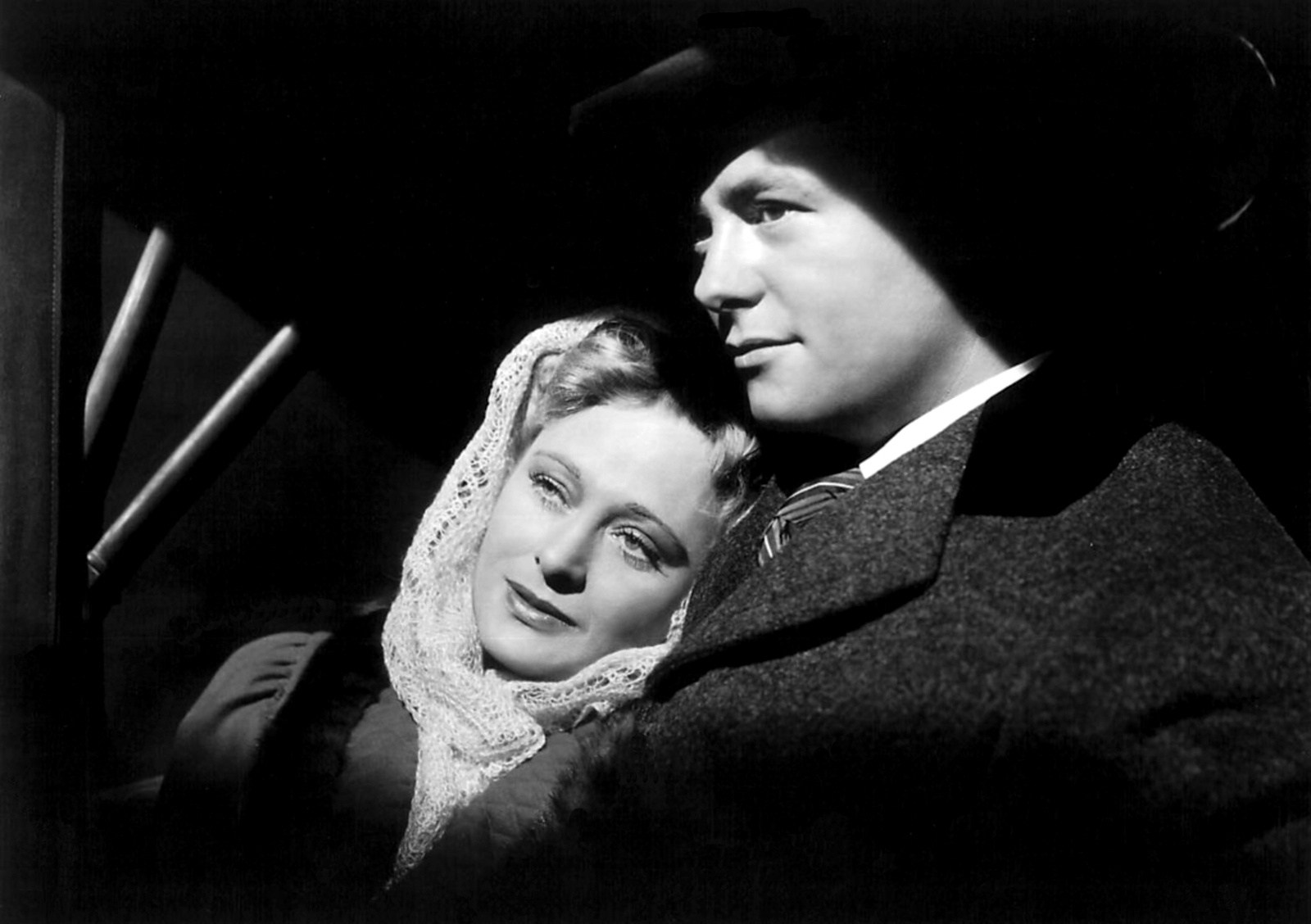
A film of horrifying history for cinema lovers, Orson Welles’ butchered masterpiece can truly be difficult to muster the strength to see.
As it exists the film is 98 minutes long but according to Welles over three reels of material were cut and destroyed without his permission by RKO while Welles was out of the country, shooting a documentary in South America.
On top of this, two short scenes were written and shot without the presence of Welles and added to change the original ending of the film. The standing cut of the movie therefore is inarguably broken, a film that is beautifully made and crafted through 45 minutes only to wind down into cliche and watered down studio-controlled filmmaking.
With this historical knowledge the film does represent a study of studio intervention and how violently opposed to “tough” artistic filmmaking a production company can be. When comparing the Welles first half of the film to the studio controlled ending, one does gain a grasp of how a production company can view its audience and feel horrified at the potential of educating it. Therefore the viewing of this butchered, potential work of art violently proves the corrupting power of money in relation to cinematic art.
3. Inauguration of the Pleasure Dome by Kenneth Anger
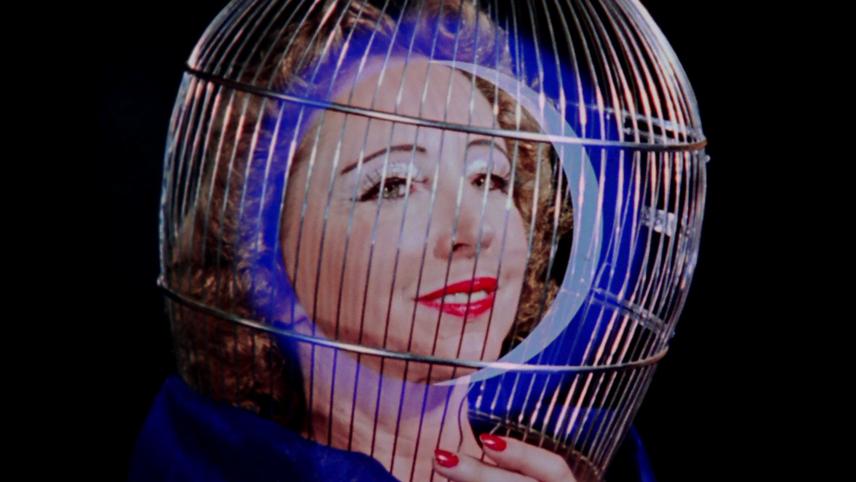
Also on YouTube, what could be Kenneth Anger’s finest achievement serves as a monument to cinematic radicalism. Amazingly, Anger’s original cut was released the same year as On the Waterfront and unlike this Hollywood classic, was shot on vibrant technicolor 16 mm film and has often been described as one of the great “psychedelic” films to ever be made
The film is a kaleidoscope of color and music, a movement that progresses forward into swells of permutation that explode and expand incomprehensibly in front of viewers’ eyes. What is essentially an amazing sensory experience is brought on through the vague narrative of a ritual, one that contains many specific parts to its ultimate conclusion, to the film’s ending.
Only 39 minutes long the film does frustrate those that watch it in attempts to grapple it, to define each and every piece with the hope of understanding what the film’s “goal” is. This is precisely the genius of Kenneth Anger: his work is more concerned with an interpretation of form and its visceral possibilities than it is with delivering messages.
It is especially important to view the work of Kenneth Anger to grasp the unspeakable, indescribable poetry of images matched with music through a fixture in time.
4. Flaming Creatures by Jack Smith
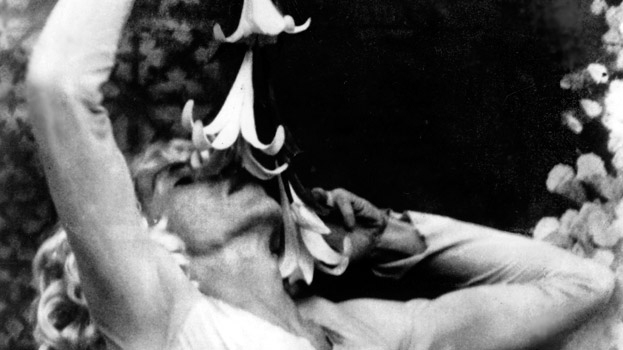
Notorious for being banned and labeled pornography, Jack Smith’s film caused quite an uproar upon its release. Like Anger’s films, Smith’s was also shot on 16 mm but in black & white. The film seems to depict a sort of orgy as triumphant music plays. People dance and at times the bodies lose identity and blur into one another.
Smith’s film really is a study in sexuality, especially within the era it was released, and the shockingly stark imagery of various sexual organs does prove jarring. The camera even shakes and further fuses together the work as a mangled, vibration. Critic J. Hoberman even has gone as far to claim “had Jack Smith produced nothing other than this amazing artifact, he would still rank among the great visionaries of American film.”
5. Dog Star Man by Stan Brakhage
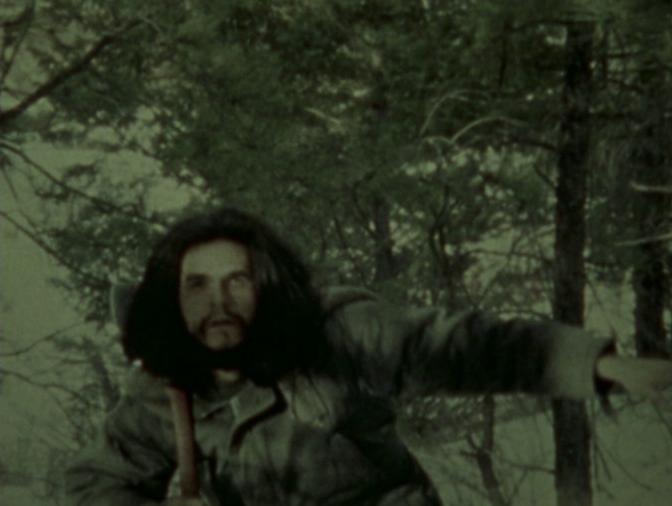
The absolute pinnacle of cinema radicalism can be acquainted with Stan Brakhage. As a film artist Brakhage explored “birth, sex, death, and the search for God” in his almost completely abstract work which seemingly destroyed the concept of the camera. With his 1963 film Mothlight Brakhage put “found foliage” on film and literally eliminated the use of a camera.
His magnum opus is of course Dog Star Man, a 78 minute film without any sound consisting of streaks of color and light across the screen. Eventually a man wanders in between some of the cuts with a dog, giving the film its title.
What exactly the film is in search of is our process of seeing itself. Brakhage has spoken much on his goal of exposing “sight” through using flashing light and color, as a means to realize what it is we “see” when we close our eyes, what the globs of color are that paint our inner eyelids. In practically eliminating a sense of a camera, through layering vague images on top of each other, the film also works as a contemplation on the connection of everything to everything else.
6. Not Reconciled by Jean-Marie Straub/ Daniele Huillet
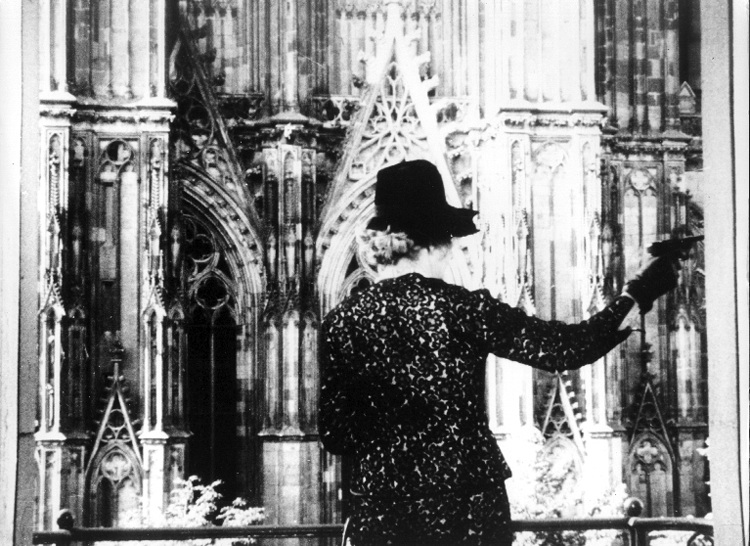
Perhaps one of the fastest paced films ever made, the Straub’s 49 minute film encompasses over 50 years. It follows a family and their conflicts through World War I to the 1960’s and jumps backwards and forwards through these eras aggressively and without notice. The difficulty in watching this movie is of course linked to this speed and, as Pedro Costa has commented on, the Straub’s “intensity” that is produced through the cutting.
Essentially the film is expressing the continuity that exists within a spectrum of many years, that different eras of history are not disconnected, that conflicts do not go away but are built up constantly.
Film can be found on YouTube.
7. Chelsea Girls by Andy Warhol/ Paul Morrissey
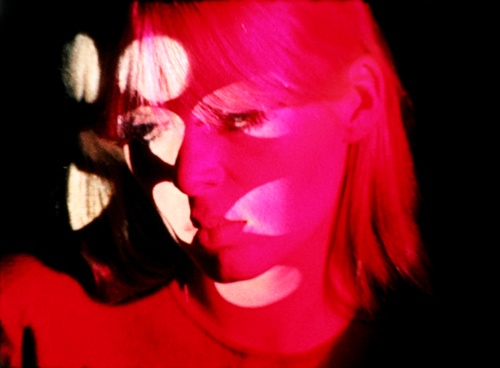
Considered to be one of Andy Warhol’s most famous works, the 3 hour 15 minute film can seem to many as an “anti-film” of sorts. The film is largely improvised within the Chelsea Hotel in New York City, featuring a whole slew of wild characters that scream at each other and lounge around.
What’s most notable about the film is the use of split-screen in which one audio track is played, meaning one half of the screen features sound while the other half does not. So this involves half a screen in which people seem to speak with one another but it is not heard.
Why this is a powerful piece of cinematic art is because of its false sense of naturalism. The people on screen are clearly manipulated as a result of their presence in front of a camera yet still attempt to “exist” within their box. Splitting the screen in half pushes forward a contained conception of life and how it is controlled on screen, even when little traditional “cinematic control” is utilized. What controls the inhabitants of Warhol’s film is being on camera.
8. Lemon by Hollis Frampton
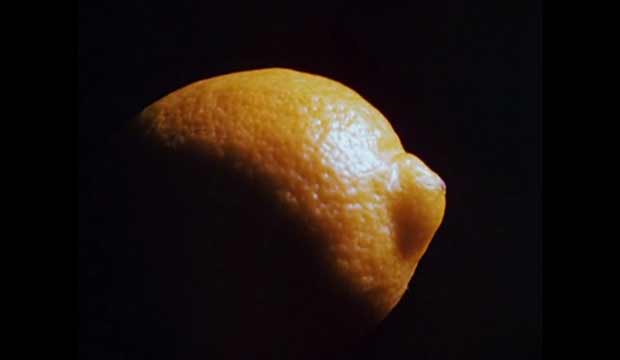
The shortest film on this list, at 4 minutes long, is also the simplest but potentially the most profound. Hollis Frampton’s film is seemingly one shot of a lemon. There is no sound and all that occurs is the camera perceives the movement of light over a lemon.
Philosophically, the film can be attributed as the purest example of cinematography that exists. The very nature of moving images is connected to grasping the movement of light in time, and, Lemon demonstrates quite concisely the texture with which light travels over the ovular lemon, through time.